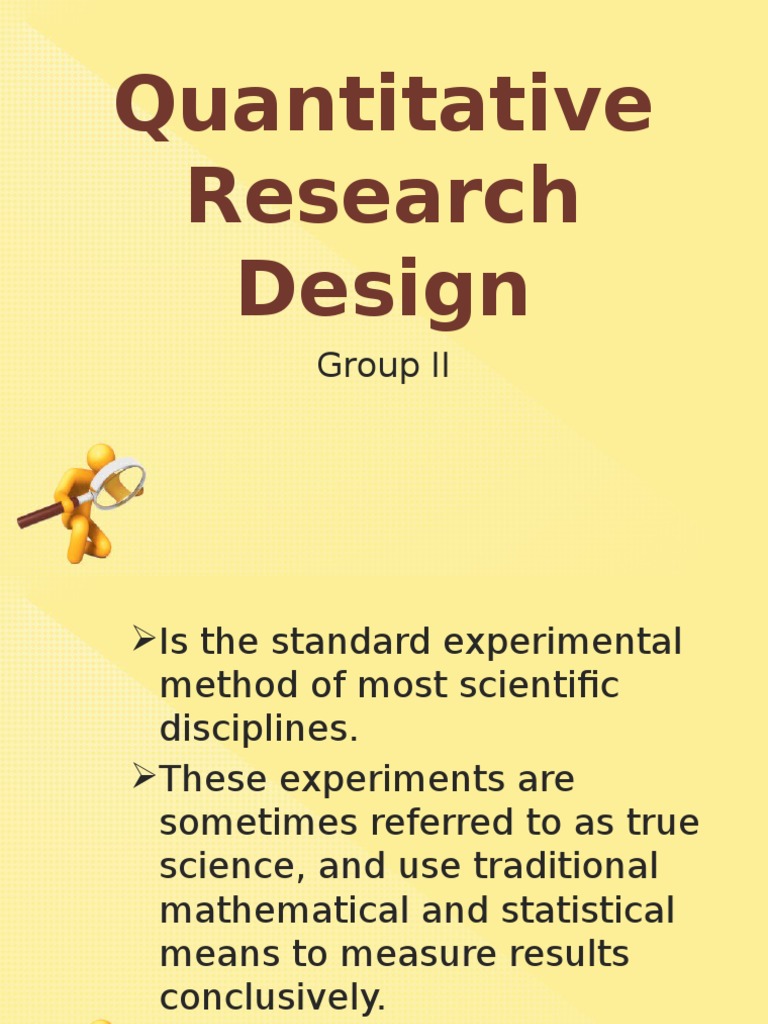Correlational Research Guide

Understanding the intricacies of correlational research is fundamental for anyone looking to delve into the realm of statistical analysis and research methodologies. Correlational research is a type of research method used to determine the relationship between two or more variables. This guide aims to provide a comprehensive overview of correlational research, its methodology, advantages, limitations, and practical applications across various fields.
Introduction to Correlational Research
At its core, correlational research seeks to identify whether a relationship exists between variables and, if so, to describe the nature of that relationship. Unlike experimental research, which is designed to establish cause-and-effect relationships, correlational research focuses on the natural co-occurrence of variables in the environment. This method is crucial for exploring hypotheses that might not be amenable to experimental manipulation due to ethical, practical, or theoretical constraints.
Types of Correlations
There are several types of correlations that can be identified through correlational research:
Positive Correlation: This occurs when two variables tend to increase or decrease together. For example, the more hours a student studies, the higher their grades tend to be.
Negative Correlation: This is observed when one variable increases as the other decreases. For instance, the more time spent watching television, the less time spent reading books.
No Correlation: Sometimes, variables may not have a significant relationship, meaning changes in one variable do not affect the other variable.
Curvilinear Correlation: This type of correlation occurs when the relationship between variables is not linear. For example, too little or too much of a variable can have negative effects, while an optimal amount has a positive effect.
Methodology of Correlational Research
The methodology of correlational research involves several key steps:
Hypothesis Formation: The researcher starts by forming a hypothesis about the potential relationship between variables. This hypothesis is based on theoretical frameworks, previous research, or observations.
Variable Measurement: The variables of interest are measured using appropriate tools and methods. This could involve surveys, observations, experiments, or analysis of existing data.
Data Analysis: Once the data is collected, statistical analyses are performed to determine the strength and direction of the relationship between the variables. The most common statistical method used is the correlation coefficient, which ranges from -1 (a perfect negative correlation) to 1 (a perfect positive correlation), with 0 indicating no correlation.
Interpretation: The results of the analysis are then interpreted. The researcher must consider the strength and direction of the correlation, as well as its practical significance.
Advantages of Correlational Research
Correlational research has several advantages that make it a valuable tool for researchers:
- Feasibility: It can be less expensive and more practical than experimental research, especially for studying variables that cannot be controlled or manipulated.
- Generalizability: Correlational research often involves larger, more diverse samples, making the findings more generalizable to the population.
- Exploratory Nature: It allows researchers to explore relationships that might not have been previously considered, providing a foundation for further research.
Limitations of Correlational Research
Despite its advantages, correlational research also has some significant limitations:
- Lack of Causality: The most notable limitation is that it cannot establish a cause-and-effect relationship between variables. Correlation does not imply causation.
- Confounding Variables: The observed relationship might be influenced by other, unmeasured variables, leading to incorrect conclusions.
- Range Restriction: If the range of one or both variables is restricted, the correlation coefficient may not accurately reflect the relationship between the variables in the broader population.
Practical Applications
Correlational research has wide-ranging applications across various disciplines, including psychology, sociology, education, healthcare, and economics. For instance, in psychology, correlational studies can help understand the relationship between mental health and social media usage. In economics, such research can explore the correlation between economic indicators and policy outcomes.
Conclusion
Correlational research is a powerful method for understanding the complex interplay between variables in natural settings. While it offers valuable insights into relationships and trends, it is crucial to recognize its limitations, particularly the inability to establish causality. By understanding the methodology, advantages, and limitations of correlational research, researchers and practitioners can harness its potential to inform decision-making, policy development, and further research across diverse fields.
FAQs
What is the primary goal of correlational research?
+The primary goal of correlational research is to determine if there is a relationship between two or more variables and to describe the nature of that relationship.
Can correlational research establish cause-and-effect relationships?
+No, correlational research cannot establish cause-and-effect relationships between variables. It can only indicate the presence, direction, and strength of a relationship.
What statistical method is commonly used in correlational research?
+The correlation coefficient is the most common statistical method used in correlational research. It provides a numerical value that represents the strength and direction of the linear relationship between two variables.


